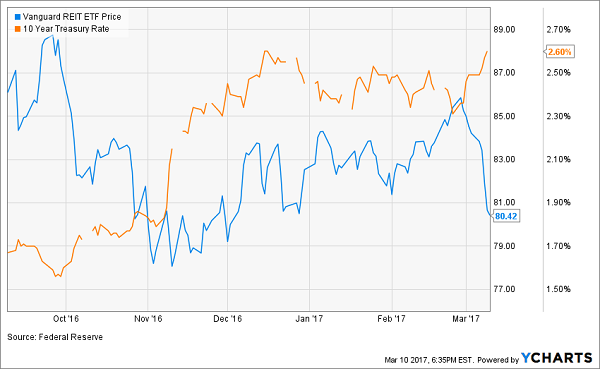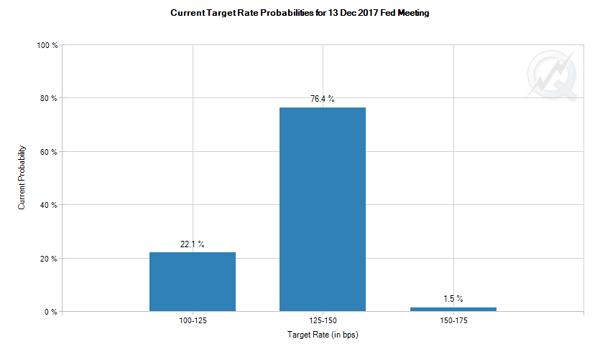Today I’m going to show you how to get in on America’s hottest real estate with zero fees and commissions.
And you can buy from the convenience of your brokerage account. Simply by typing in a few stock tickers.
Think about this “zero fee” thing for a moment: with the average realtor whacking clients with 6% in fees and commissions, we’re talking thousands of dollars of savings here!
Instead of paying these commissions, you’ll be able to collect them as monthly or quarterly payouts (or dividends) to fund your retirement. Here’s what you need to do first.
Your Job: Collect the Income
The fat rent checks from the properties we’re going to invest in (more on them below) will soon have you yielding double digits on your original buy.…
Read more




Recent Comments